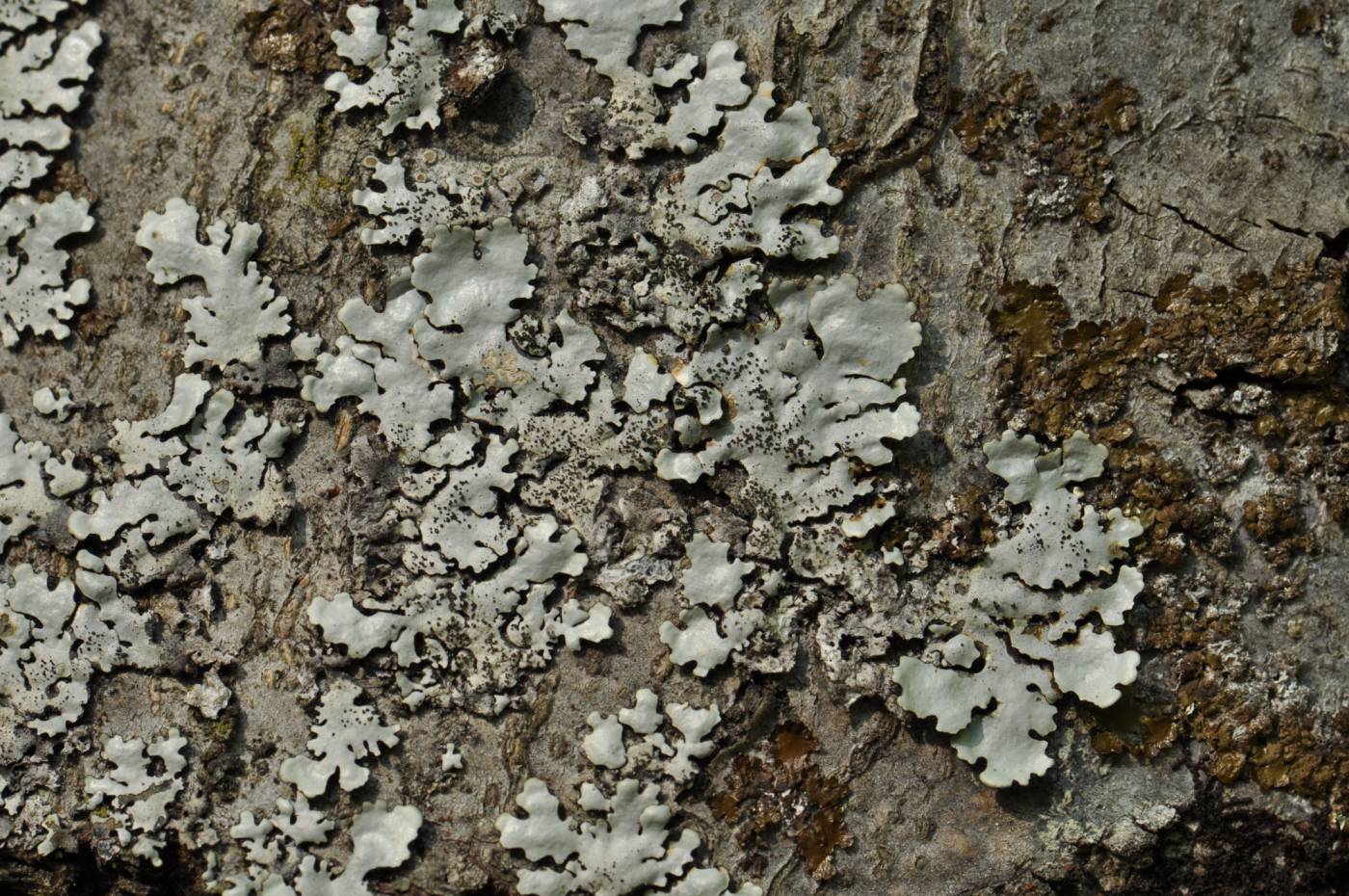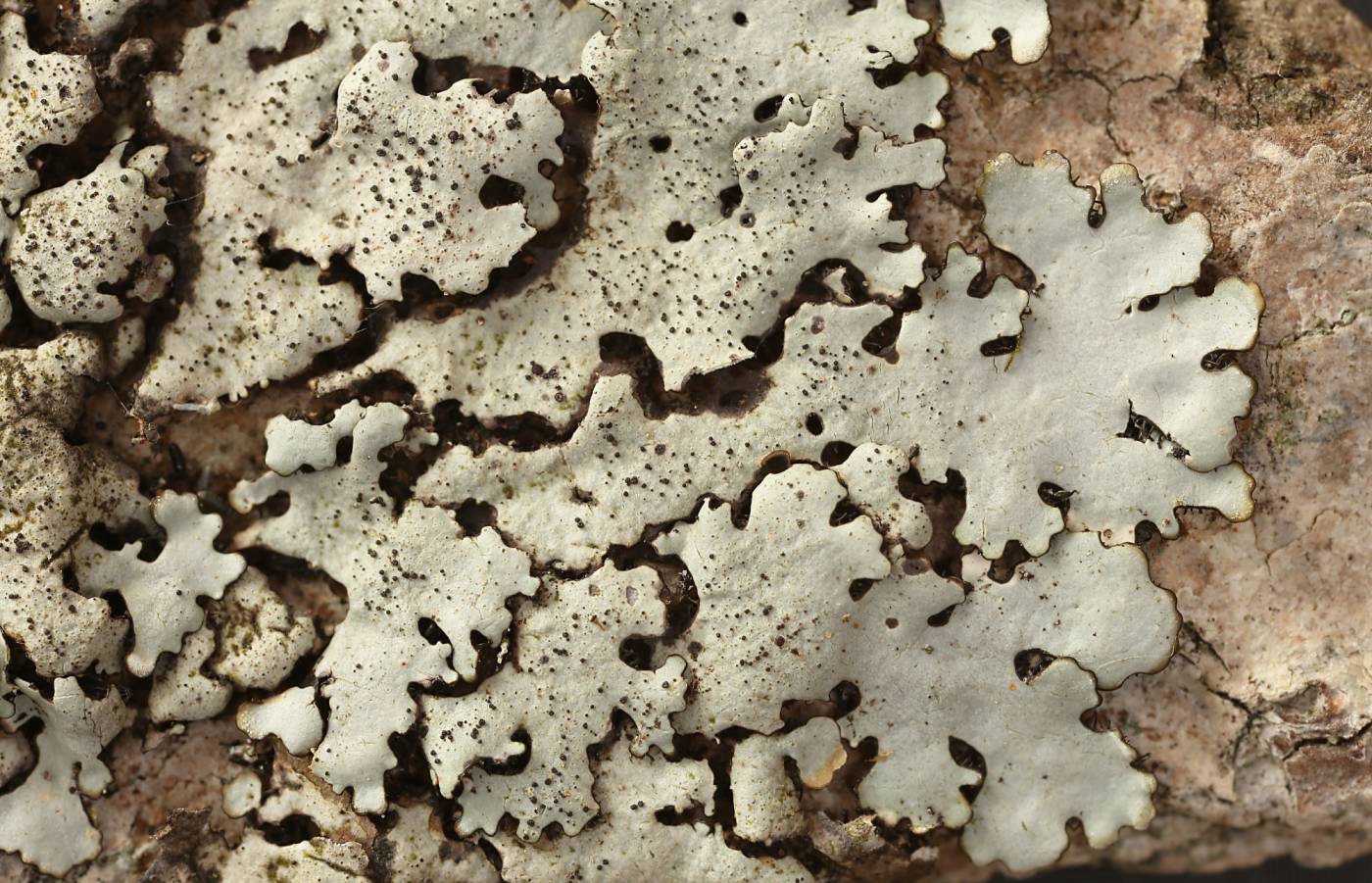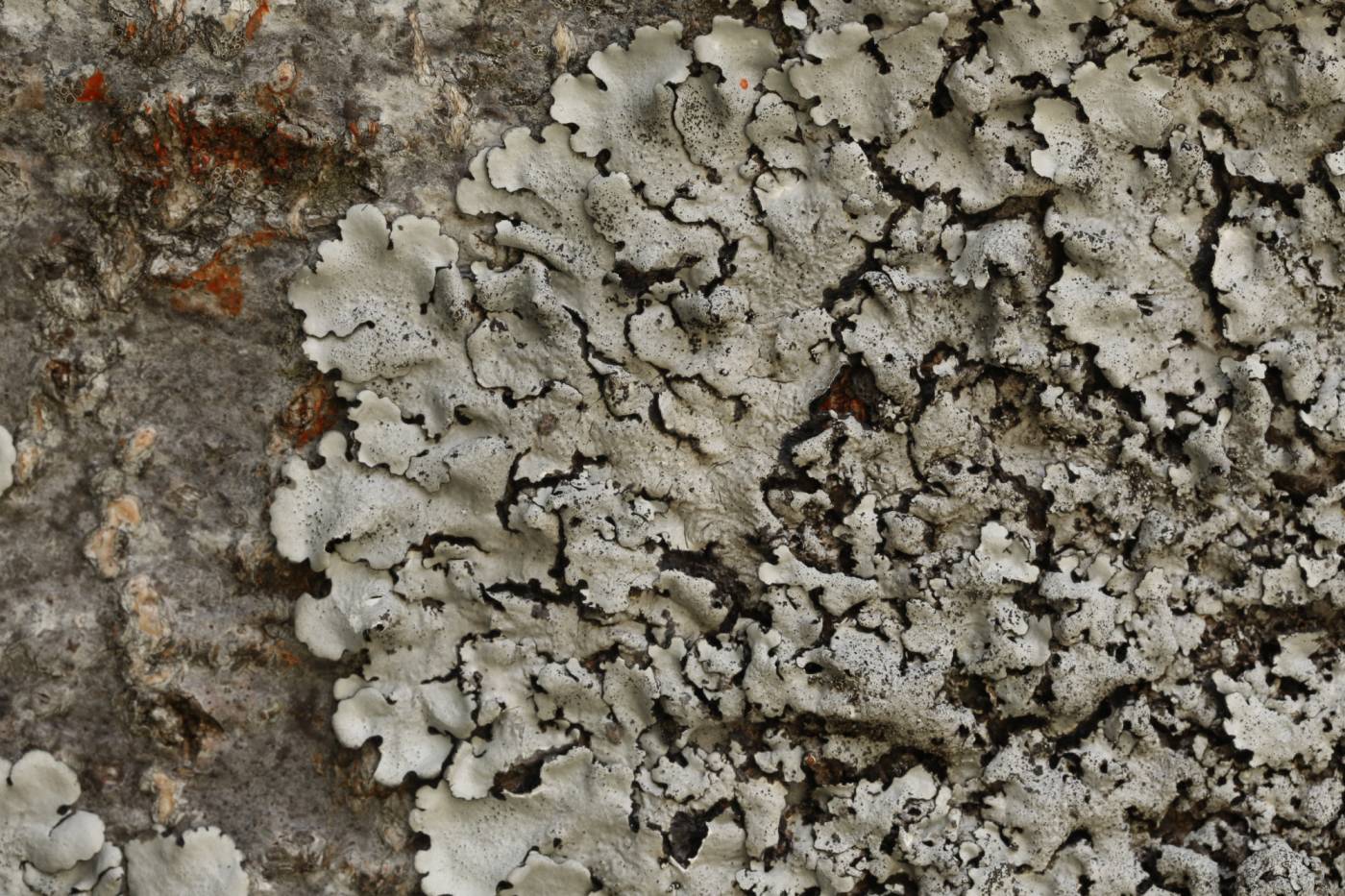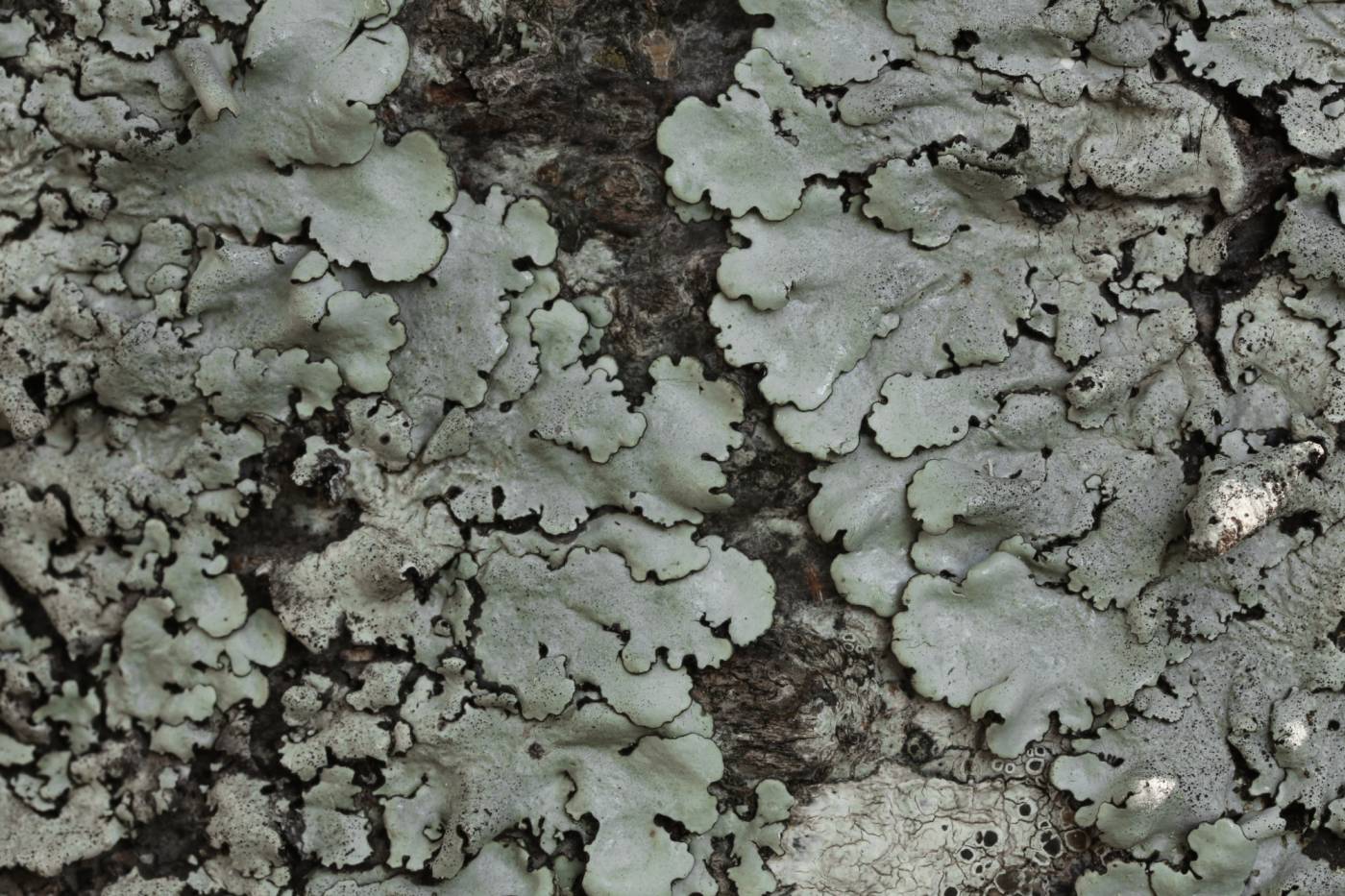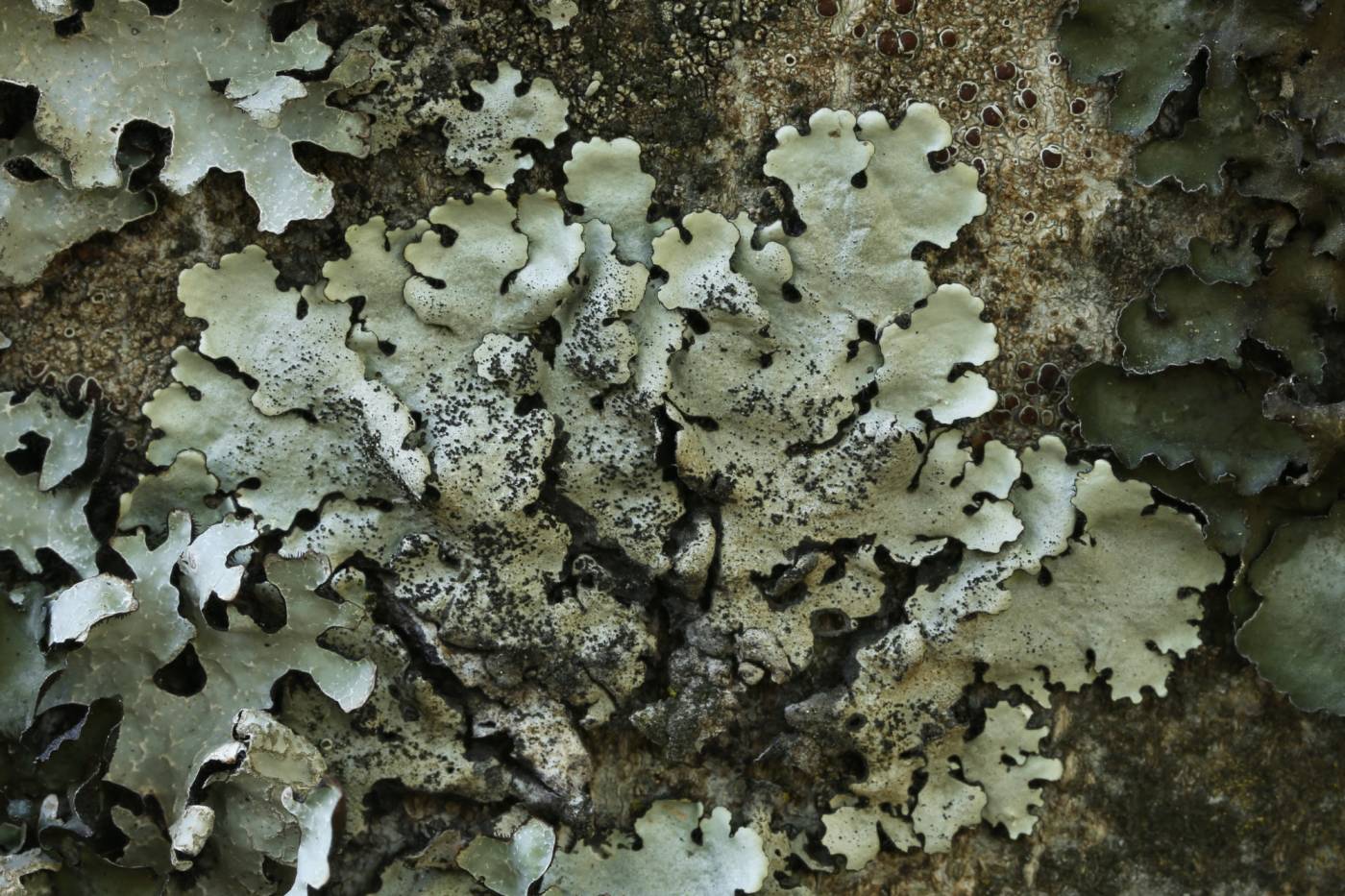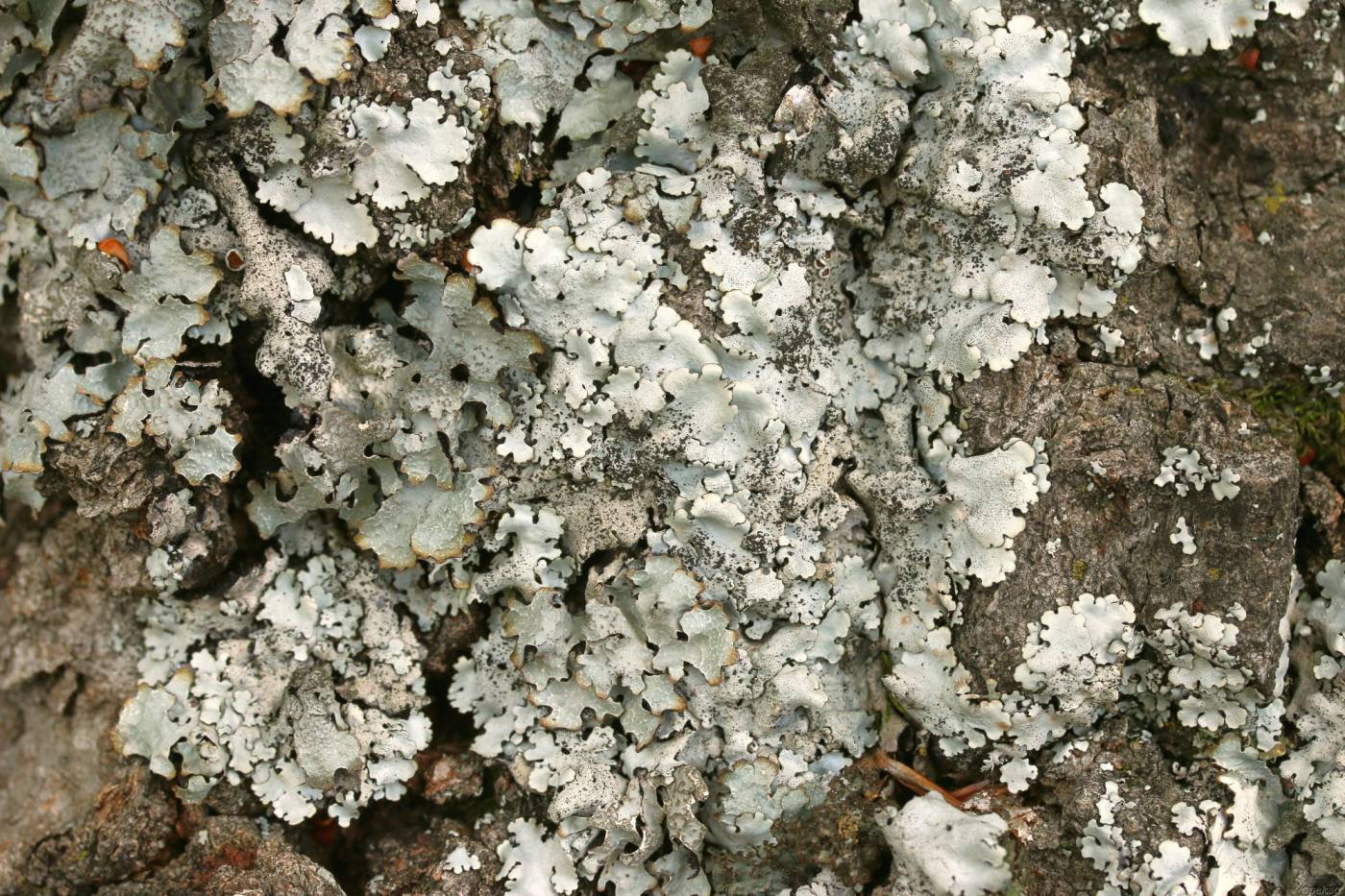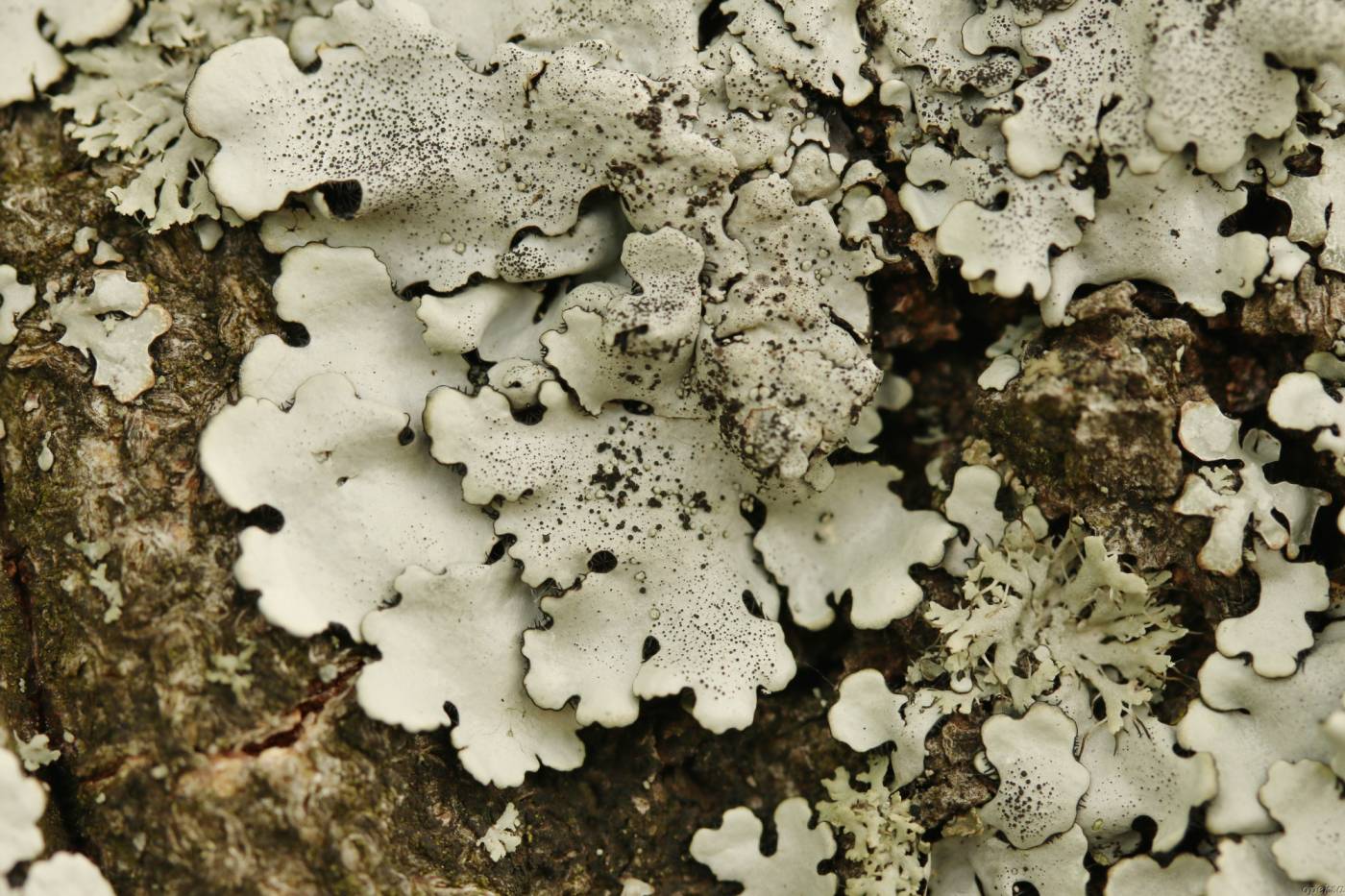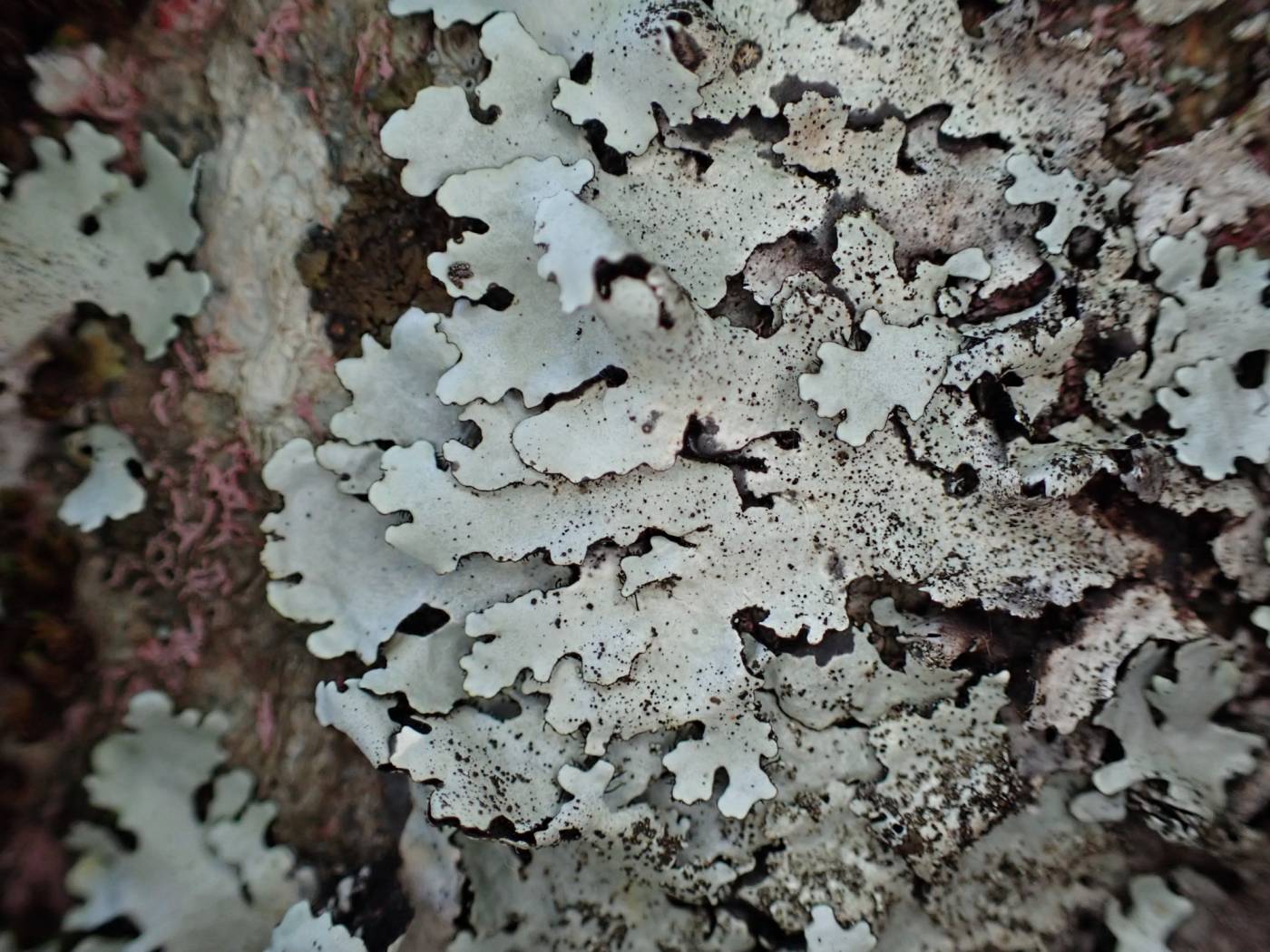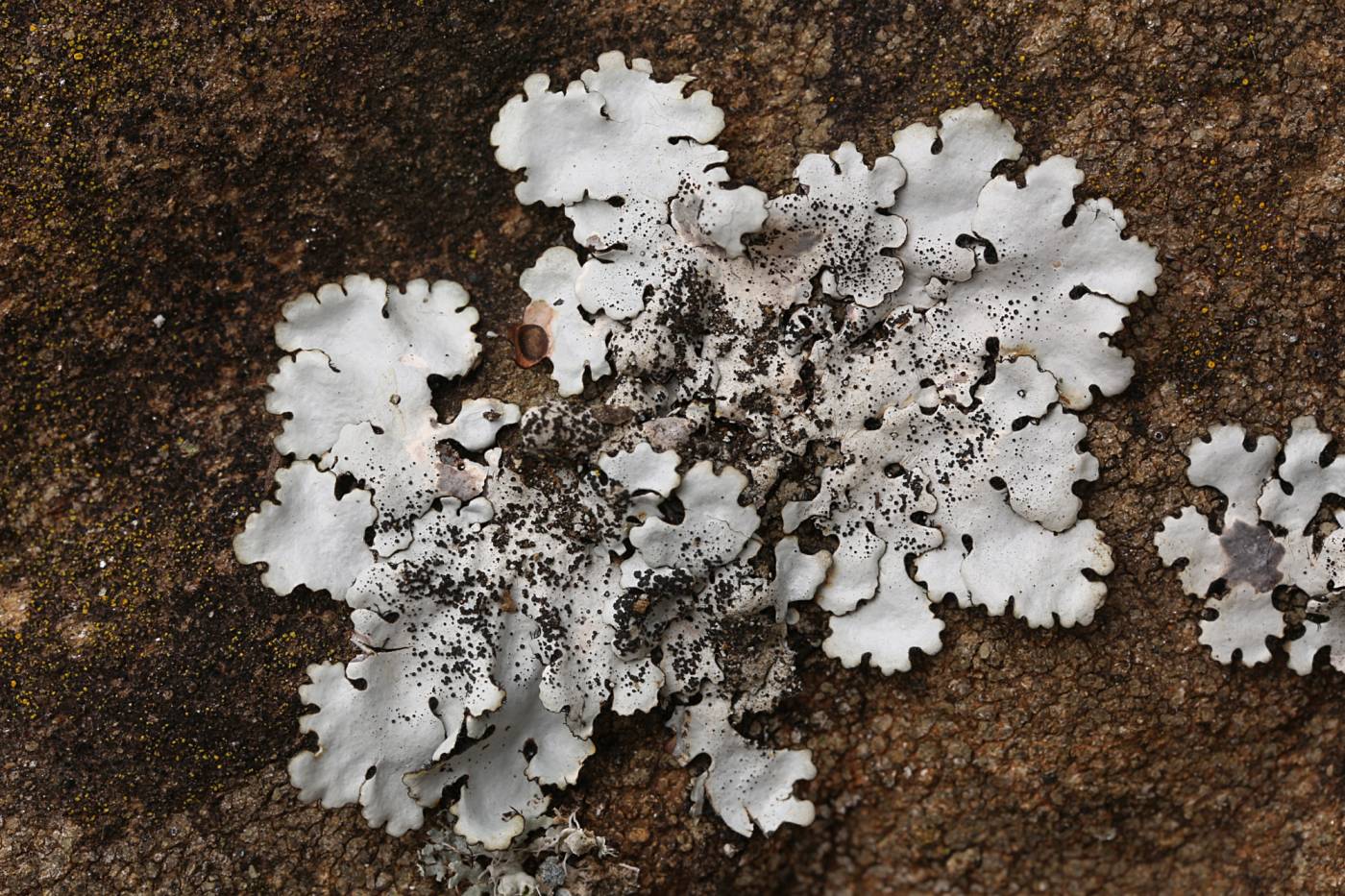The rarest Czech Parmelina species, characterized by the presence of black button-like isidia. It has a Eurasian range with temperate-mountain to suboceanic distribution. In central Europe, except the Alps and Carpathians, the species is very rare. In the past, it was not distinguished from P. tiliacea and therefore may be hidden under old records of this more common lichen. In central Europe, P. pastillifera grows usually on bark of deciduous trees, especially beech, in open forests and on solitary trees from submountain to mountain areas rich in precipitation. In other parts of its range, it may be found also on rocks. The lichen is very rare in the Czech Republic. Only three reliable records, from the Beskydy (1955, Krásná), Bílé Karpaty (1992, Nedašov, in 1997 not confirmed) and Šumava (1996, Černý Kříž, not confirmed in the last decade) Mountains, and one insecure recent record, from the Beskydy Mts (2009, Salajka), are known.
Literature: Liška J., Palice Z., Dětinský R. & Vondrák J. (2006): Changes in distribution of rare and threatened lichens in the Czech Republic II. – In: Lackovičová A., Guttová A., Lisická E. & Lizoň P. [eds], Central European lichens – diversity and threat, p. 241–258, Mycotaxon Ltd., Ithaca. Orthová V. (2000): Nové nálezy Parmelia pastillifera (Harm.) Schub. et Klem. a P. submontana Nádv. ex Hale a ich rozšírenie na Slovensku. – Bryonora 25: 13–17.
taxonomic classification:Ascomycota → Lecanoromycetes → Lecanorales → Parmeliaceae → Parmelina
Red List (Liška & Palice 2010):CR – critically endangered
Red List (Malíček 2023):A – no recent data
Occurrence in the Czech Republic
All records: 5, confirmed 4. One click on a selected square displays particular record(s), including their source(s).
